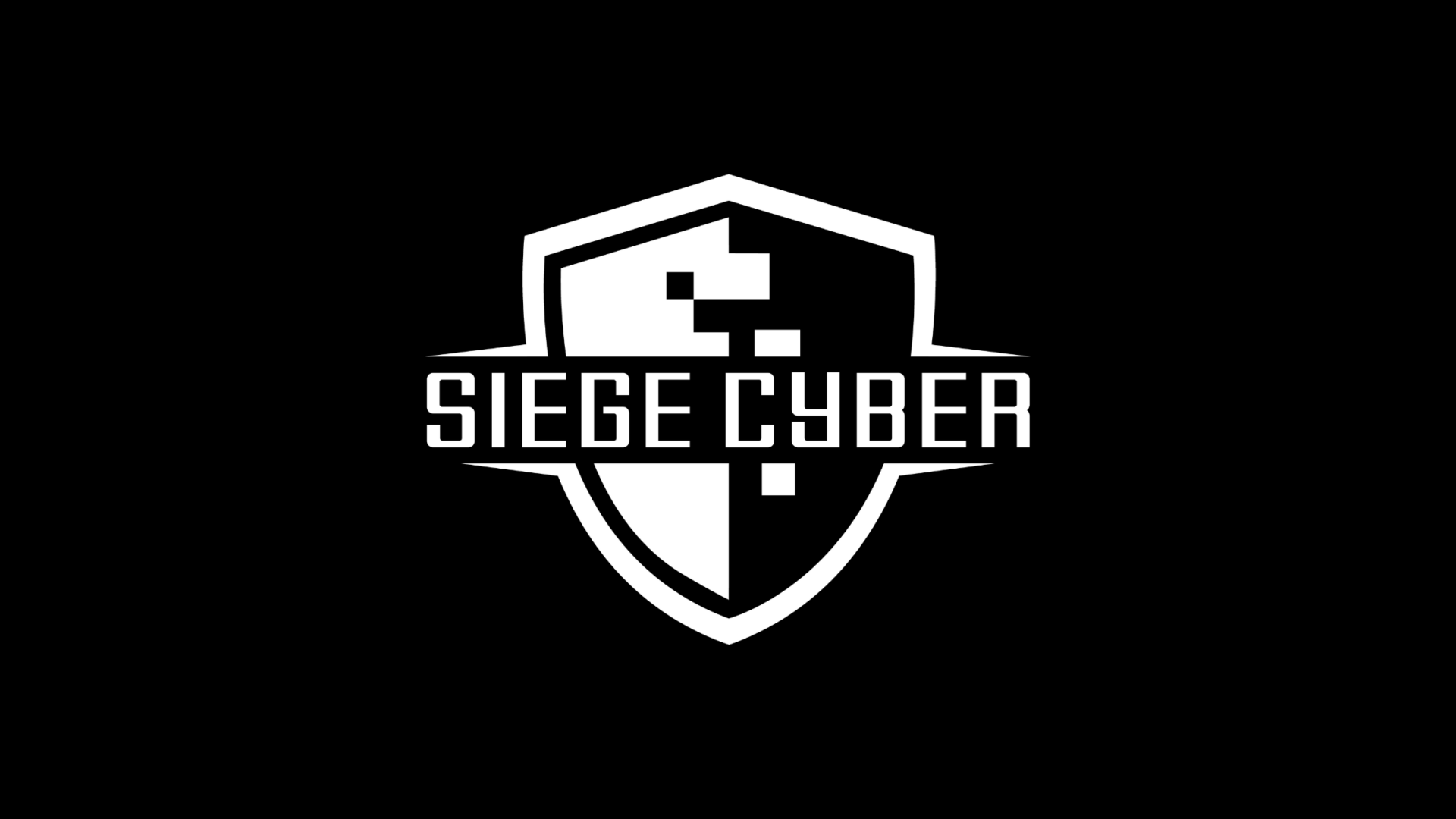
Achieving ISO 27001: Best Practices for Australian Businesses
Achieving ISO 27001 certification is a critical step for Australian businesses looking to enhance their information security management systems. In today’s digital landscape, safeguarding sensitive data from cyber threats is paramount to maintaining trust with customers and partners. This article provides a comprehensive guide on best practices for Australian businesses aiming to achieve ISO 27001 certification.
From conducting a thorough risk assessment to implementing robust security controls, this article offers practical insights and actionable tips to streamline the ISO 27001 certification process. Whether you are a small start-up or a large enterprise, understanding the requirements and expectations of ISO 27001 can help you prioritise and strengthen your cybersecurity efforts.
With cybercrime on the rise, investing in ISO 27001 certification can bring numerous benefits to Australian businesses. Not only does it demonstrate your commitment to protecting sensitive information, but it also gives you a competitive edge in today’s security-conscious market. By following industry best practices and adopting a proactive approach towards information security, businesses can safeguard their assets and maintain the trust of their stakeholders.
Understanding the importance of ISO 27001 for Australian businesses
In today’s digital era, data has become the lifeblood of businesses across all industries. From financial records to customer information, the volume and sensitivity of data that organisations handle have increased exponentially. As a result, the need to safeguard this critical asset has never been more pressing, especially for Australian businesses operating in a highly interconnected global marketplace.
The ISO 27001 standard, developed by the International Organisation for Standardization (ISO), provides a comprehensive framework for establishing and maintaining an effective Information Security Management System (ISMS). By achieving ISO 27001 certification, Australian businesses can demonstrate their commitment to information security and their ability to protect sensitive data from a wide range of cyber threats, including data breaches, ransomware attacks, and unauthorised access.
In the Australian context, the importance of ISO 27001 certification cannot be overstated. The country has seen a significant increase in cybercrime in recent years, with the Australian Cyber Security Centre (ACSC) reporting a 13% rise in cyber incidents in 2021 compared to the previous year. This trend underscores the urgent need for Australian businesses to adopt robust information security measures and align their practices with international standards like ISO 27001. By doing so, they can not only enhance their resilience against cyber threats but also build trust with customers, partners, and regulators who increasingly expect organisations to prioritise data protection and privacy.
Benefits of achieving ISO 27001 certification
Achieving ISO 27001 certification can bring a multitude of benefits to Australian businesses, both in terms of operational efficiency and strategic advantage. One of the primary advantages is the enhanced protection of sensitive data, which can help organisations avoid the costly consequences of data breaches and cyber attacks. By implementing the comprehensive security controls and risk management processes outlined in the ISO 27001 standard, businesses can significantly reduce the likelihood of successful attacks and minimise the impact of any incidents that do occur.
Another key benefit of ISO 27001 certification is the increased trust and credibility it can bring to an organisation. In a business landscape where data privacy and security are paramount, the ISO 27001 stamp of approval signals to customers, partners, and stakeholders that the organisation takes information security seriously and has the necessary processes and controls in place to safeguard their data. This can be particularly valuable for Australian businesses operating in highly regulated industries, such as finance, healthcare, or government, where compliance with industry-specific standards is often a prerequisite for doing business.
Moreover, the ISO 27001 certification process can help organisations identify and address potential vulnerabilities in their information security systems, leading to more robust and resilient cybersecurity practices. By conducting a thorough risk assessment and implementing the necessary security controls, businesses can not only protect themselves from cyber threats but also improve their overall operational efficiency and agility. This can translate into cost savings, improved productivity, and a competitive edge in the market.
Key steps in implementing ISO 27001
Achieving ISO 27001 certification is a comprehensive and structured process that requires a well-planned and methodical approach. Australian businesses seeking to obtain this certification must follow a series of key steps to ensure a successful implementation and ongoing compliance.
The first step in the process is to conduct a comprehensive gap analysis, which involves assessing the organisation’s current information security practices against the requirements of the ISO 27001 standard. This assessment will help identify areas where the organisation falls short and where improvements are needed to meet the standard’s criteria. By understanding the gaps, businesses can develop a tailored implementation plan that addresses their specific needs and challenges.
Once the gap analysis is complete, the next step is to establish an Information Security Management System (ISMS) that aligns with the ISO 27001 framework. This involves defining the scope of the ISMS, identifying and assessing information security risks, and implementing appropriate controls to mitigate those risks. The ISMS should be integrated into the organisation’s overall management structure and supported by clear policies, procedures, and responsibilities.
Implementing the necessary security controls is a crucial step in the ISO 27001 certification process. This includes a wide range of measures, such as access controls, data encryption, incident response planning, and employee training and awareness programs. Businesses must ensure that these controls are effectively implemented and regularly reviewed to maintain compliance with the standard.
Developing an information security management system (ISMS)
At the heart of the ISO 27001 certification process is the development and implementation of an effective Information Security Management System (ISMS). The ISMS is a comprehensive framework that helps organisations identify, assess, and manage information security risks in a structured and systematic manner.
The first step in developing an ISMS is to define the scope and boundaries of the system. This involves identifying the specific assets, processes, and activities that will be included within the ISMS, taking into account the organisation’s size, industry, and specific information security requirements. By clearly defining the scope, businesses can ensure that the ISMS is tailored to their unique needs and priorities.
Once the scope is established, the next step is to conduct a thorough risk assessment. This process involves identifying potential threats and vulnerabilities that could compromise the confidentiality, integrity, and availability of the organisation’s information assets. By assessing the likelihood and impact of these risks, businesses can prioritise their security efforts and allocate resources accordingly.
Implementing controls for ISO 27001 compliance
Achieving ISO 27001 compliance requires the implementation of a comprehensive set of security controls that address the identified risks and meet the standard’s requirements. These controls span a wide range of areas, including access management, data protection, incident response, and employee training.
One of the key controls in the ISO 27001 framework is access management. This involves implementing robust authentication mechanisms, such as multi-factor authentication, to ensure that only authorised individuals can access sensitive information and systems. Additionally, businesses must establish clear policies and procedures for managing user accounts, access privileges, and password management.
Data protection is another critical area of focus for ISO 27001 compliance. This includes implementing measures to encrypt sensitive data, both at rest and in transit, as well as implementing robust backup and recovery procedures to ensure the availability of information in the event of a disaster or cyber attack. Businesses must also ensure that they have appropriate controls in place to prevent unauthorised access, modification, or destruction of data.
Incident response planning is another essential component of the ISO 27001 standard. Businesses must develop and regularly test incident response plans to ensure that they are prepared to respond effectively to security incidents, such as data breaches or ransomware attacks. This includes establishing clear communication protocols, roles and responsibilities, and recovery procedures to minimise the impact of such events.
Maintaining and improving ISO 27001 certification
Achieving ISO 27001 certification is not a one-time event; it requires ongoing commitment and effort to maintain compliance and continually improve the organisation’s information security posture. Australian businesses that have attained the certification must be prepared to regularly review and update their ISMS to address emerging threats, changes in the business environment, and new regulatory requirements.
One of the key aspects of maintaining ISO 27001 certification is the regular review and monitoring of the organisation’s security controls and processes. This involves conducting internal audits, analysing security incidents and vulnerabilities, and ensuring that the ISMS remains effective and aligned with the organisation’s evolving needs. By continuously monitoring and improving their ISMS, businesses can stay ahead of the curve and proactively address any potential weaknesses or gaps.
Another important aspect of maintaining ISO 27001 certification is the ongoing training and awareness of employees. As the human factor is often the weakest link in an organisation’s security posture, it is crucial to ensure that all employees understand their roles and responsibilities in protecting sensitive information. This includes regular security awareness training, clear communication of security policies and procedures, and the promotion of a strong security culture within the organisation.

How Siege Cyber can help in achieving ISO 27001
Achieving and maintaining ISO 27001 certification can be a complex and resource-intensive undertaking for Australian businesses, especially for those with limited in-house expertise or capacity. This is where Siege Cyber, a leading cybersecurity consulting firm, can play a crucial role in supporting organisations throughout the certification process.
Siege Cyber’s team of experienced professionals has a deep understanding of the ISO 27001 standard and the specific requirements for Australian businesses. They can provide comprehensive guidance and support, from the initial gap analysis to the implementation and ongoing maintenance of the ISMS. This includes helping organisations develop a tailored implementation plan, identifying and implementing appropriate security controls, and ensuring that the ISMS remains compliant with the standard.
One of the key advantages of working with Siege Cyber is their holistic approach to information security. In addition to their expertise in ISO 27001, the company offers a wide range of cybersecurity services, including risk assessments, incident response planning, and employee training. By taking a comprehensive view of an organisation’s security posture, Siege Cyber can help Australian businesses achieve and maintain ISO 27001 certification while also strengthening their overall cybersecurity resilience.
Conclusion and next steps for Australian businesses
In today’s digital landscape, the importance of robust information security management cannot be overstated. As Australian businesses continue to navigate the evolving cyber threat landscape, achieving ISO 27001 certification has become a critical step in safeguarding sensitive data and maintaining the trust of customers, partners, and regulators.
By following the best practices outlined in this article, Australian businesses can streamline the ISO 27001 certification process and reap the numerous benefits that the standard offers. From enhanced data protection and operational efficiency to increased credibility and competitive advantage, the ISO 27001 certification can be a game-changer for organisations of all sizes and industries.
To get started on the path to ISO 27001 certification, Australian businesses should begin by conducting a thorough gap analysis, developing a comprehensive ISMS, and implementing the necessary security controls. Additionally, seeking the guidance and support of a reputable cybersecurity consulting firm, such as Siege Cyber, can be invaluable in navigating the complexities of the certification process and ensuring long-term compliance.